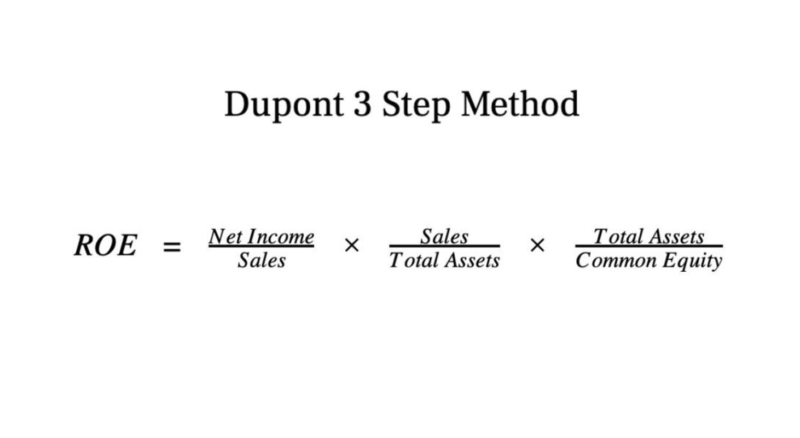The main advantage of prepaid insurance is that companies occasionally pay bills in advance to gain a discount. A business may gain from prepaid expenses by avoiding the need to make payments for upcoming accounting periods. Prepaid insurance is nearly always classified as a current asset on the balance sheet, since the term of the related insurance contract that has been prepaid is usually for a period of one year or less. If the amount of prepaid insurance is relatively small, it is typically aggregated into the prepaid expenses line item. Prepaid insurance refers to payments made in advance for insurance services or coverage by people and corporations to their insurers. Premiums are usually paid for a full year in advance, but they may cover more than that in some situations.
Auto Insurance Plans: Find the Best Coverage for Your Vehicle
Essentially, the policyholder receives a form of protection against a specific event or loss. Organizations must take into account their ability to pay future obligations. They need to consider how much cash flow could be impacted by sudden premium payments or increases from seasonal peaks in policies or market trends. In other words, the business must determine what the expense would cost if it were paid for on a monthly basis instead of all at once for the entire year. The process also has the effect of incrementally reducing the total value of the prepaid asset over the duration of its useful life. By choosing this kind of solution over traditional insurance plans, customers can gain peace-of-mind knowing that their finances will stay safe no matter what happens in the future.
Easy pay
To illustrate how prepaid insurance works, let’s assume that a company pays an insurance premium of $2,400 on November 20 for the six-month period of December 1 through May 31. The payment is entered on November 20 with adebitof $2,400 to prepaid insurance and a credit of $2,400 to cash. As of November 30, none of the $2,400 has expired and the entire $2,400 will be reported as prepaid insurance. Over time, as the insurance coverage is used, it is amortized and recognized https://www.michaelkorsoutletninc.com/statement-of-retained-earnings-financial-edge/ as an expense on the income statement.
International services
While prepaid insurance can help manage cash flow in the long term, it can create a short-term cash flow strain. For small businesses, paying large premiums upfront can be a significant burden, especially if they’re already dealing with other financial challenges. When the insurance coverage comes into effect, it is moved from an asset and charged to the expense side of the company’s balance sheet.
- This reconciliation process substantiates the asset value on the balance sheet and serves as an important internal control, providing assurance that prepaid assets are accurately reported.
- The most important calculation regarding prepaid insurance reflects the unexpired portion of the policy.
- It offers peace of mind by ensuring that the property is protected from unforeseen events, giving a sense of stability and security.
- Prepaid insurance refers to an insurance premium paid upfront for coverage that lasts over a future period.
- If spanning longer than a year of coverage, both a short term and long term (non-current) asset will be recorded.
- The initial journal entry for a prepaid expense does not affect a company’s financial statements.
- A prepaid expense occurs when a company pays in advance for goods or services it will receive in the future.
Journal Entries for Long-Term Prepaid Insurance
This process helps to match the expense with the period during which the insurance coverage applies. The payment is entered on November 20 with a debit of $2,400 to prepaid insurance and a credit of $2,400 to cash. Prepaid insurance is deducted from the profit & loss account’s insurance premium expenses account and reported as current assets on the balance sheet. The adjusting entry involves debiting Insurance Expense and crediting Prepaid Insurance for the amount corresponding to the expired portion ($1,000 in the example). This increases expenses on the income statement and decreases the asset on the balance sheet. This process repeats each period until the entire premium has been expensed by the policy’s end, leaving a zero balance in the Prepaid Insurance account for that specific policy.
- If a policy is canceled or modified, additional adjustments may be necessary to reflect refunds, extra charges, or changes in coverage duration.
- A seamless transition from prepaid insurance to insurance expense supports accurate financial reporting and adherence to tax laws.
- Prepaid insurance is a type of insurance that is paid for in advance of the coverage period.
- Some insurance providers may even offer incentives for paying upfront, such as additional benefits or extra coverage.
In this case, Prepaid Insurance is classified as current assets on the Balance Sheet, as shown below. Several companies offer excellent prepaid insurance products, each catering to different needs and types of coverage. Let’s take a closer look at some of the leading prepaid insurance options available today. One of the most significant functions of prepaid insurance is that it simplifies financial management for policyholders. Without prepaid insurance, you would have to prepaid insurance meaning bear the full financial burden of repairing or replacing the machinery. However, with prepaid insurance, you were able to protect your business and ensure that you could continue operating without significant disruption.
Improved Claims Processing
Common prepaid expenses may include monthly rent or Law Firm Accounts Receivable Management insurance payments that have been paid in advance. At the end of each accounting period, adjusting journal entries transfer the portion of prepaid insurance used to the expense account. By properly accounting for prepaid insurance, businesses ensure that their financial statements accurately reflect the timing of expenses and coverage.






